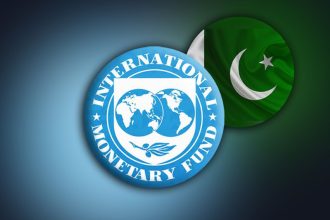People’s changing lifestyle has left a mark on the way Eid shopping is being done today. The changing consumer preference is reflected in the composition of the ‘Eid economy’ that now better serves the interests of service providers, often at the cost of manufacturers.
Within manufacturing, the share of the small-scale informal sector — which deals in replicas of high-end products in almost all consumer goods categories, from readymade dress assembles to footwear to food to cosmetics and jewellery — has grown disproportionately.
Eid is said to be the single biggest occasion that starts a cycle of wealth redistribution when enormous transfers from the rich to the poor.
It is estimated that as much as Rs400bn of the total Rs800bn spending on the occasion either directly or indirectly reaches the self-employed across the country.
Of the projected Rs800bn consumer spending pie during the festival, bigger portions are picked up by retailers, transporters, designers, groomers and entertainment providers. The share of textiles and footwear — which used to constitute as much as about 70pc of the total ‘Eid budget’ — has depleted over the years to an estimated 50pc, if not less. Food and transport, which constituted about 15pc each earlier, have gained ground.
Within the food category, spending on confectionary and bakery items has increased tremendously, particularly amongst social classes with deeper pockets. Eating out, which used to be looked down upon in the past, has become popular across all classes, and food outlets are doing roaring business. Caterers and event managers have grown in size and multiplied in numbers, but the pace of demand growth exceeds supply.
Market surveys reported in the local media this year indicate that locals are reclaiming the ground lost to imported items, particularly in children’s wear.
The rising share of the informal sector means that the benefits of the market surge do trickle down to millions working in makeshift shops and homes in townships all over the country.







